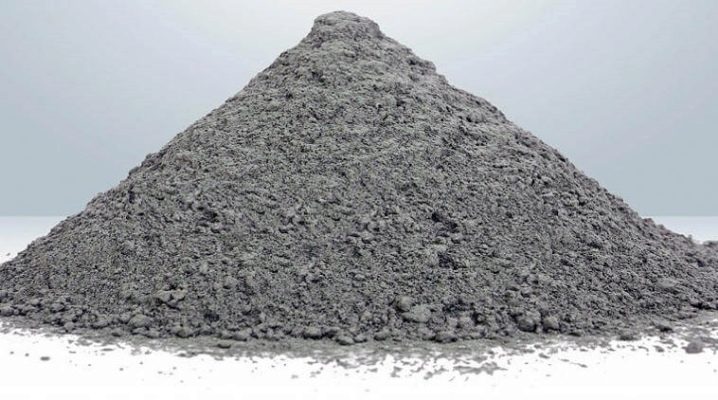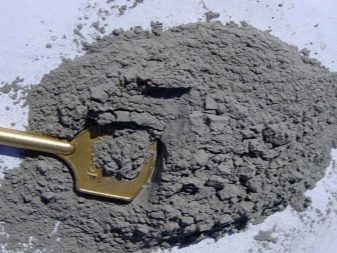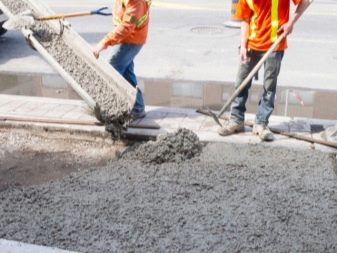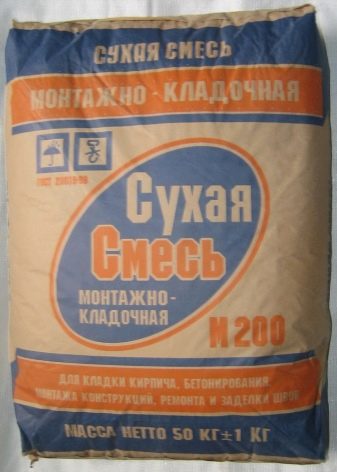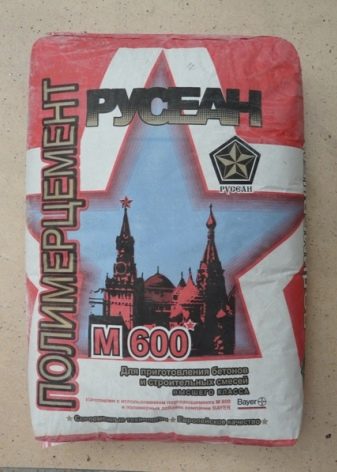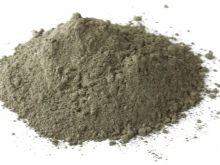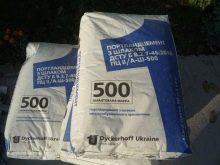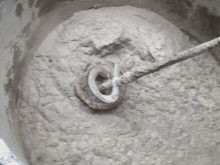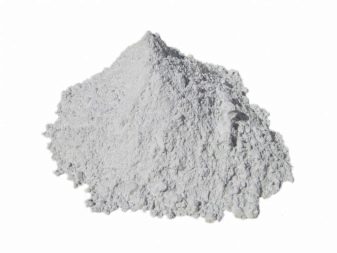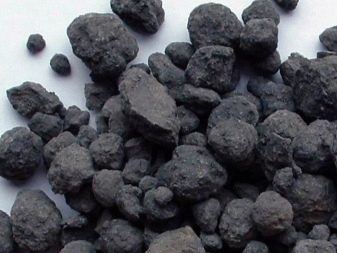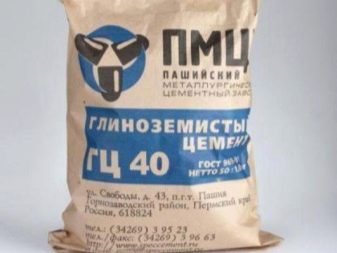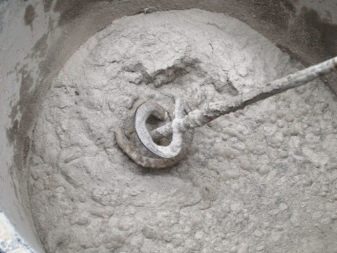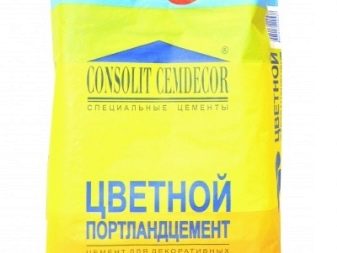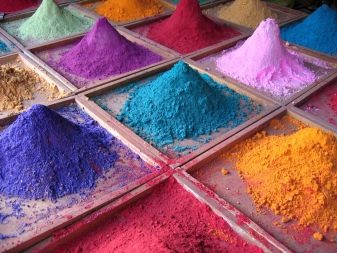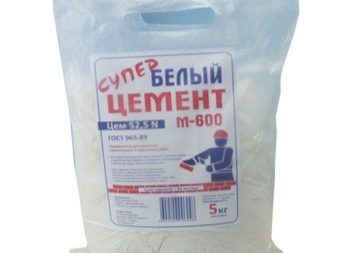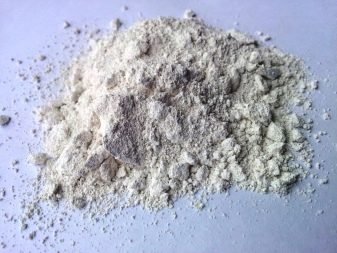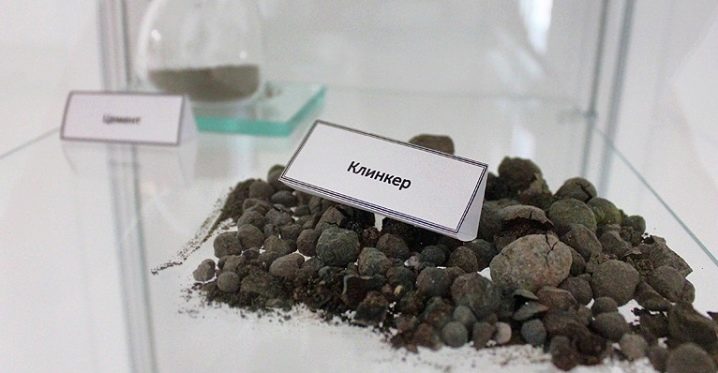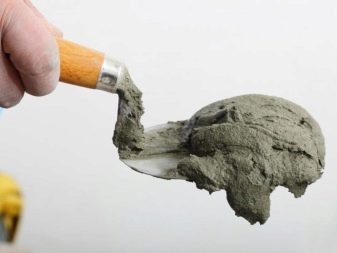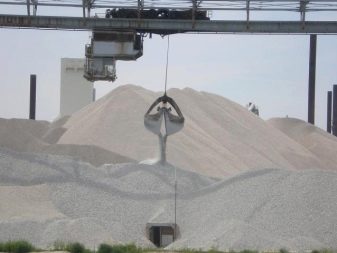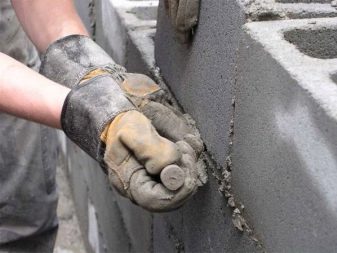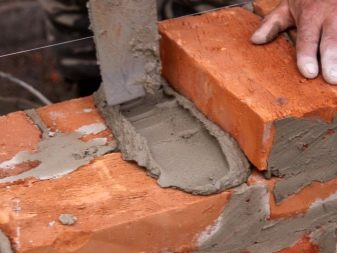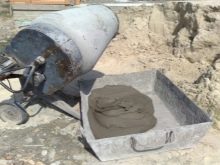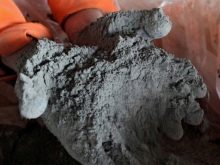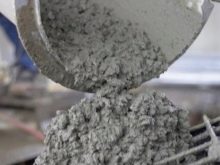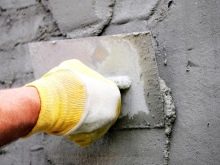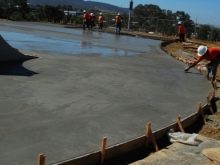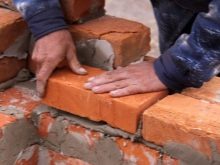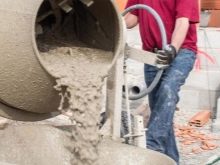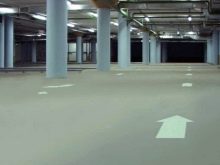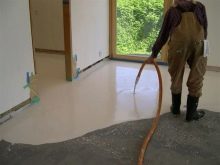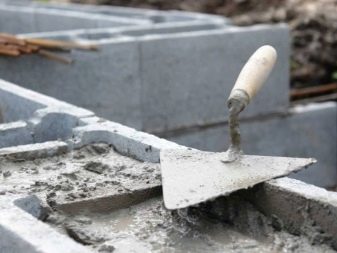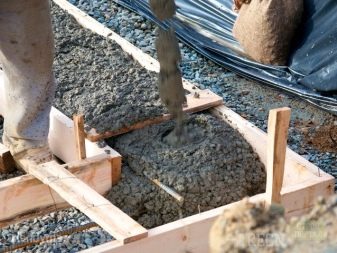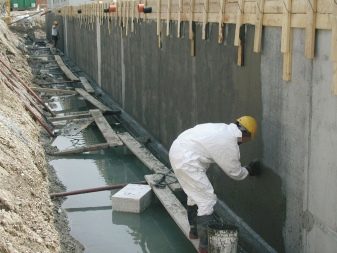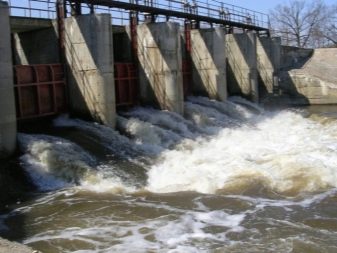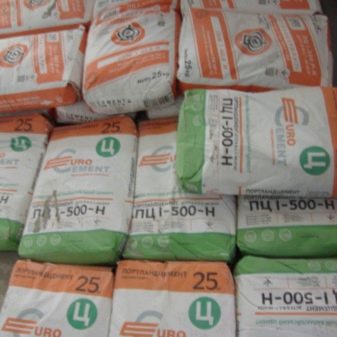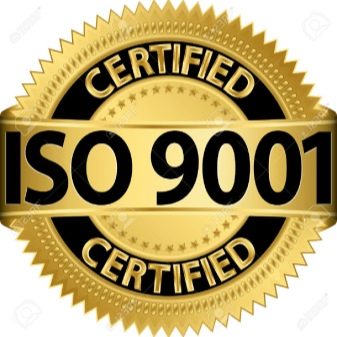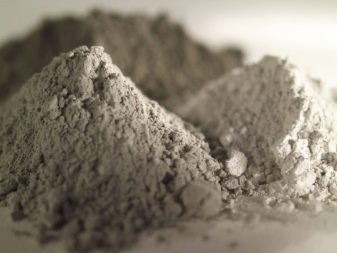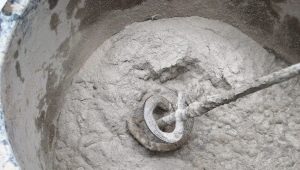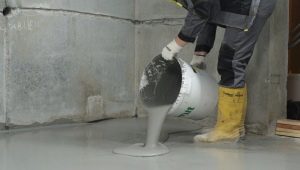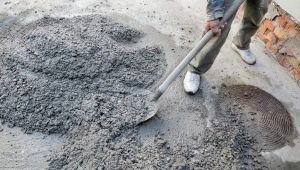What is cement made of?
One of the most popular building materials is cement. It is used in different types of work: in the construction of buildings, repair and restoration of old ones. The basis of this building material are constituent parts of inorganic origin, having the ability to bind together the components.
Cement is an integral part of concrete, plaster, masonry mixtures, reinforced concrete blocks used in the construction of industrial buildings and various buildings.
Special features
When mixed with water, this popular powder material hardens, turning into a petrified lump. Hardening occurs when the air humidity is excessive or there is liquid. The presence of water is an important condition for the hardening of the finished product.
Depending on the composition, there are several types of cement.Each of them possesses a degree of hardness peculiar only to him, according to which the brand and the quality of products are determined. Cement, which is made of rocks, is quite reliable. It is made only from quality materials.
The most widely used are brands from M200 to M600. The use of the necessary form is based on the scope of its use.
Portland cement is the most widely used species. mineral composition, which is also called silicate. It hardens in the aquatic environment and in the vicinity of moist air. The grayish-green powder is readily soluble in water when mixed. As soon as the mixture begins to set, slow solidification begins.
Portland cement is included in the recipe of almost all groups of cement mixtures. The use of this brand in its pure form is a very rare phenomenon. Basically, it is part of the mixtures, building concretes, mortars.
Plasticized cement has great advantages over other species. Its use helps to reduce waste and time for mixing the dry mixture. The composition is not exposed to low temperatures, excessive moisture,evaporation and other negative influences of the external environment.
Slag cement in the composition has a blast furnace slag and crushed clinker. In this brand made additional substances in the form of lime powder and gypsum. Such cement is needed when joining building mixtures.
High Alumina Cement has a unique composition. The time to hardening is only 45 minutes. And until the solution hardens completely, it takes about 10 hours. The main advantage of this composition over others is that, regardless of the saturation of air with moisture, it quickly sets. When this type of cement is added to concrete, new qualitative signs appear in it: resistance to dampness, corrosion, large temperature differences.
The main components acid-resistant cement composition sodium silicofluoride and quartz sand are. In ordinary water, a solution of such a substance is not obtained. To prepare a mixture of this powder, liquid glass is used, based on sodium. The advantages of acid-resistant cement are that it is very resistant to mineral and organic acids.But with their availability and use, the lifetime is reduced very quickly.
Colored cement in the composition has a simple Portland cement, in which pigments are added. This mark is used for decorating buildings and is part of the compositions that are used in the construction of the highway based on concrete mixtures. When mixed with water, portland cement forms a material of plastic structure. In the process of drying it turns into stone.
Advantages of such a substance:
- hardening without extraneous effort;
- high strength and solid after hardening;
- enhanced chemical safety;
- it is an environmentally friendly product;
- fire safety;
- low cost;
- versatility.
White cement - it is a powder that acquires its light color with a specialized production technology and a certain composition. Its recipe contains clinker with a low iron content, contains mineral additives of limestone, chloride compounds, and gypsum. This composition gives the mixture light shades.
When firing such a set of substances and rapid cooling, there is an increase in the strength of the products obtained.
Composition
Cement - powdered dry matter.The main components that combine to make this material are several important components.
Clinker - component responsible for strength. Getting it occurs when burning limestone or clay. It is the basis of the finished product, in mixtures it is used in the form of granules with a diameter of up to 6 cm. Obtaining clinker occurs at a temperature exceeding 1500 degrees Celsius. When it is melting to obtain a mixture rich in calcium dioxide and silica. They serve as regulators of the quality characteristics of the cement mixture. The obtained granules are crushed to fine dust, then they are roasted.
Gypsum responsible for the rate of solidification of the composition. The fixed content of gypsum in the mixture is 6% of purified gypsum or gypsum stone in powder form. In this case, the presence of impurities in a gypsum stone is acceptable.
Specialized additives and fillers enhance the quality characteristics of the resulting solution, increase the range of applications in various areas of life.
The percentage of these components in the mixture regulates the use of cement powder and its properties.
Properties
Cement powder - a substance from minerals, which has the ability to harden when combined with water in the presence of air.
This mixture has a number of important properties:
- Corrosion resistance. The hardened cement stone is affected by many negative environmental factors. With an excessive amount of moisture, corrosion of reinforced concrete objects may occur. It can be removed in several ways, for example, by changing the composition of mineral substances in the recipe, adding components that stop the oxidation of salts in the product. With increasing corrosion resistance, polymeric substances are added that reduce the number of pores, making the cement a durable material.
- Frost resistance. An indicator characterizing the ability of a frozen substance to withstand numerous temperature changes from low to very high. When frozen, the water increases in volume, which can lead to cracking and splitting of the cement stone. In order to increase such properties as frost resistance, mineral additives are added to the mixture, which increase resistance to temperature fluctuations and increase durability.
- Water demand. The property that characterizes the absorption of cement of a given volume of fluid. Excessive saturation of the solution with water leads to the fact that the proportion of liquid will be squeezed out, while the surface of the concrete product will lose strength and may collapse. This property is required. Upon receipt of the mixture with low water demand, the cement acquires increased frost resistance and excellent quality. With a high proportion of dry matter in water, the solution loses its strength and becomes porous.
- Setting time. The length of time for which the properties of cement acquire plasticity, called setting. Measurement of this gap occurs with the help of special devices. The solution with the best quality characteristics hardens within 45 minutes. The process can take up to 10 hours. This property is influenced by the content of minerals, such as gypsum. With an increase in the dose of gypsum powder, the freezing time decreases.
- Grinding fineness. This quality makes adjustments in the period of hardening of the cement. The larger the crushed powder, the lower the rate of solidification of the solution.At the same time, a very fine powder composition increases the need for moisture when mixing. Therefore, the cost of the cement mixture is determined largely by the degree of grinding.
- Strength. When determining the strength of the composition, the test sample is compressed after 28 days from the moment of laying. After testing, the cement is assigned a brand from 300 to 600. And for special purposes - from 700 to 1000.
- Volume change. When cement hardens, very often deformations occur, for example, shrinkage. If this indicator is very high, over time, destruction of the concrete block may occur. Compliance with accepted standards is carried out in special conditions.
Scope of application
Currently, the cement mixture is widely used building material. The area of its application is very extensive. This powder is included in solutions when pouring foundations, installing roofs, flooring flooring, fixing sanitary appliances. The main task of the cement mixture is to connect parts of the structures of buildings under construction.
Cement is a part of concrete mixes, leveling surfaces with mortar.The versatility of this mixture is proven by its widespread use.
The scope of cement depends on the type of its brand. The most widely used brand 400 and 500. They are included in concrete mixes for any type of construction.
- Cement grade M600 used for the construction of military bunkers, missile silos and other objects.
- Portland cement used in all construction works.
- Aluminous composition necessary for emergency works of increased urgency, for example, in winter. This type of cement mortar quickly hardens, but its use is limited in areas with elevated temperatures.
- Magnesia blend Received application in the preparation of magnesia floors.
- White cement possesses unique qualities that allow its use in the creation of sculptural and architectural structures. Perhaps its introduction to the compositions for the decoration of surfaces.
- Acid-resistant composition intended for mixing concrete solutions that are not subject to corrosion by acids. However, when exposed to alkalis such cement becomes loose.
- Hydrophobic cement found its use in the field of concrete with increased porosity.
- Waterproof mix used when creating waterproofing coatings in conditions of excessive moisture, for example, when insulating cracks in buildings.
- Slag cement used in the construction of objects under the ground and under water.
Tips and tricks
When choosing a cement and buying it, pay attention to the packaging of the powder mixture. It should consist of 3-4 layers of paper, tightly closed at the top of an airtight seam. This method of packaging is required and is a guarantee of protection from the effects of water and moisture.
The surface should not contain gaps and any other damage.
On the top layer of paper you can find the designation of the brand of cement, the weight of the package, the name of the manufacturer, as well as the shelf life of the composition. It should not exceed 60 days. Availability date of production is required. If there is no date, you should be familiar with the quality certificateswhich are at the seller.
On the front side of the package you can see the ISO-9000 mark - this is the designation of the International Standard for Product Quality.
If you can, read reviews of products of an unknown brand on the forums. If the manufacturer’s data are not available, the purchase of such goods should be avoided..
Good quality cement has a gray color, darker shades are possible. Spoiled and lost binding properties of the composition is very dark brownish. When you try to roll a lump, it crumbles.
The strength of cement can be read by its labeling. The fast freezing mixture is designated “B”, normally freezing is “H”.
The higher the mark, the stronger and better the concrete products will be.
The low price of cement packaging cannot indicate its low quality.
More information about making cement in the next video.
